The food historian Ivan Day has confected three historical table settings for a show in Cambridge about our creative relationship with food. He talks to Sophie Barling about how to sculpt with sugar paste – and looks back at the succulent past of the pineapple.
You’ve recreated three table displays for ‘Feast & Fast’ at the Fitzwilliam Museum – a baroque feasting table, a Renaissance sugar banquet, and an 18th-century English confectioner’s shop window and workspace. Did specific objects or paintings provide starting points for them?
I wouldn’t really call them recreations; they’re emulations of how we think people dined in the past. There are plenty of visual clues, in paintings and prints, as well as descriptions. To me museums are like toyshops, because I’m not just interested in food, I’m also interested in what it’s served on. The Fitzwilliam has got such a rich collection of tableware; it’s very strong on ceramics, of course, but for the baroque table I really focused on the silver-gilt covered cups in the collection – made mainly in Augsburg and Nuremberg, but some in Amsterdam too. They’re often depicted in Netherlandish paintings; the main inspiration for our table was a painting by Jan Brueghel the Elder, which we don’t have in the exhibition, but which is in the Prado [Taste, Hearing and Touch; c. 1620]. We do have a painting by Frans Francken the Younger that shows a very similar table, which has this amazing covered cup on it – so I pulled one of those out of the case and got it on to the table.
When things are behind glass you can only look at them from the point of view of stylistic development, the quality of the ornament, and so on, but their function isn’t really spoken about. For me that’s always the question: what was it used for, and how was it used? With the Venetian drinking tazza [c. 1600] that’s in the exhibition, for instance, how do you lift a thing that looks like a cake stand, and not pour the wine over your beautiful starched tablecloth?
It’s the same with some beautiful silver knives with ivory handles: the thing that really intrigues me is the way in which people ate; they didn’t eat with a fork in this period, just with a knife, which they carried with them. So it was usually a style statement, the equivalent of a very expensive mobile phone today, and it might have had an agate handle, with wonderful ivory insets and silver or precious stones. There are some in the display cases in the museum – but the whole point here is to get stuff out and put it into its true cultural and culinary context.
Your baroque setting repeats some of the tropes of Dutch still lifes of the period, such as the rind of a half-peeled lemon twisting off the platter. To what extent was art imitating life in those paintings?
It’s a very good question, because a lot of those table still lifes were created by artists who made paintings to be hung in a specific place, which was usually this new space in Netherlandish houses, an eating room. There’s one painting in the Rijksmuseum, I think by Pieter Claesz, which was painted for a guild and shows some regalia, table silver, including a nautilus cup. The members of the guild could be at their dinner table, looking up at this painting on the wall which actually represented the ceremonial objects that were on the table they were sitting at. Often, of course, the artist was just showing off his skill in depicting particular surfaces, and there were fruits that couldn’t possibly have been in season together – so they’re constructs really.
How did you make the food elements for the table settings?
I work with various craftsmen, including a model-maker called Tony Barton, an incredibly gifted man. The lobsters are made from various types of resin. What we do is take things like real lobsters apart, break them up into component parts, and then cast each part before putting them back together – so they’re beautifully articulated. And then they’re hand-painted. The oysters are uncanny, they look so fresh. I have a huge collection of culinary equipment – from medieval to 19th-century objects – including lots of moulds, which enabled the craftsmen from different periods to make these things, and I do the same thing. Some of the wafers that have emblems on them, for instance, I’ve made with 16th- and 17th-century wafering irons. And the figurative gingerbreads are made from original moulds from my collection. Gingerbread moulds were much collected in the 19th century, and often found their way into museums. Most museums won’t let you use them, but some have been gracious and let me take pressings from them, so I’ve then carved some of my own. It’s very difficult to replicate the food of the past unless you make it with the same equipment.
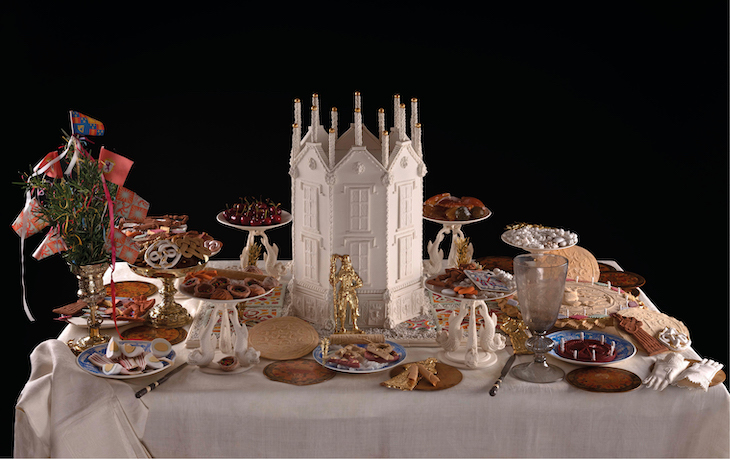
Recreation of an English Renaissance sugar banquet for a wedding in c. 1610, conceived and made by Ivan Day
But you’ve made the Jacobean sugar banquet from real sugar?
Yes. All of the cups and tazze are actually made from a 16th-century recipe that involves sugar and gum tragacanth. It’s basically an Islamic tradition: at the Ottoman court they used to have sugar sculptures that were paraded on special feast days. The Italian traders latched on to this and very soon they were being made all over Europe. They either made a syrup which you could pour into a mould, or they made a paste with a gum, which is what we’ve done; it makes a modelling paste which is incredibly fine – finer than porcelain.
Did you use specific sources?
There are a lot of different sources. The recipe for sugar paste, or pasta di zucchero, comes from a book, The Secrets of Alexis of Piedmont, which was written by a Renaissance scholar called Girolamo Ruscelli. It explains that you can make plates and platters and cups and drinking vessels from it, and then eat them at the end of the meal – a kind of joke. Ours is very much an English setting – Ruscelli’s book was translated into English and published in London in the 1590s, and lots of other books followed that tell you how to make silly things like sugar playing cards, and little fake walnuts. Some of the tableware is imitation Chinese export porcelain, something called kraak, which was really popular, and we’ve painted it to resemble that porcelain.
The centrepiece of your sugar banquet is based on a banqueting house at Melford Hall in Suffolk. Why did you choose that particular building?
There are no images of any of these [English] centrepieces, which were often architectural features. They’re sometimes described very briefly – for instance, Henry VIII had one of a dungeon on a lake with swans. They were often towers, so we took a tower that was actually used as a banqueting house, so that what was going on inside relates to our table.
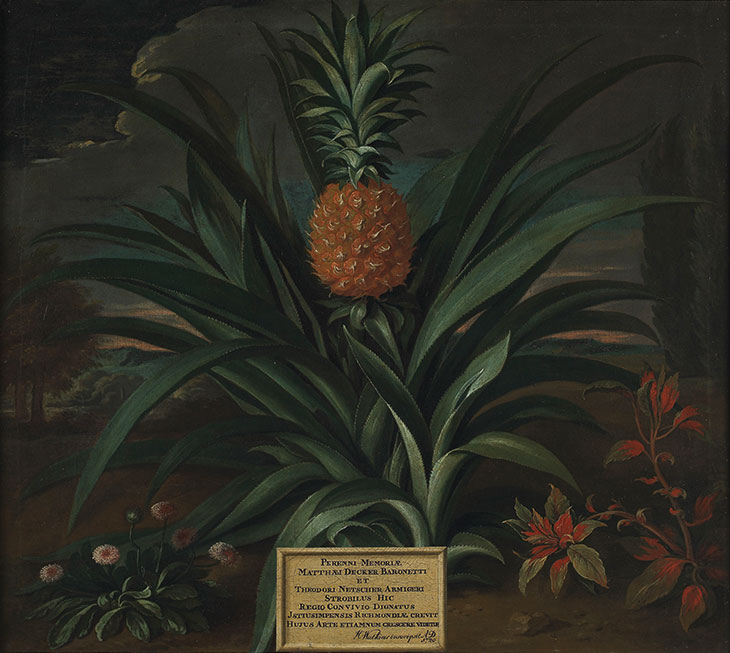
Pineapple Grown in Sir Matthew Decker’s Garden at Richmond, Surrey (1720), Theodorus Netscher. Courtesy Fitzwilliam Museum, Cambridge
There’s a wonderful ‘portrait’ of a pineapple in the exhibition, painted by Theodorus Netscher in 1720 for Sir Matthew Decker, in celebration of the first pineapple grown from scratch on English soil. What is the significance of the fruit in this exhibition?
The portrait is really quite extraordinary. The Fitzwilliam family were closely related to the Decker family, so that painting has always been in the collection. One of the Deckers’ friends was a Cambridge botanist called Richard Bradley, who wrote a paper about how to grow pineapples in England from observing Decker’s gardener, another Dutchman. Bradley also wrote cookery books; he published the first recipes for pineapple in English. It’s a great Cambridge story.
I’ve lent some objects for the confectioner’s shop window, including a late 18th-century pineapple mould for ice cream. And the sorbetière came from a famous London confectionary business in Berkeley Square called the Pot and Pineapple, started in 1757 by an Italian called Domenico Negri. The pineapple became the symbol of the confectionary shops; a lot of them had a model one over the door, and an image of a pineapple on their trade cards. When Negri went back to Turin in the 1780s, his wife passed the business on to one of her nephews and it became known as Gunter’s; it was still around in the 1950s, when Elizabeth David would go there as a child. She said it made the best ices in London.
‘Feast & Fast: The Art of Food in Europe, 1500–1800’ is at the Fitzwilliam Museum, Cambridge, until 31 August 2020.
From the December 2019 issue of Apollo. Preview and subscribe here.
Unlimited access from just $16 every 3 months
Subscribe to get unlimited and exclusive access to the top art stories, interviews and exhibition reviews.

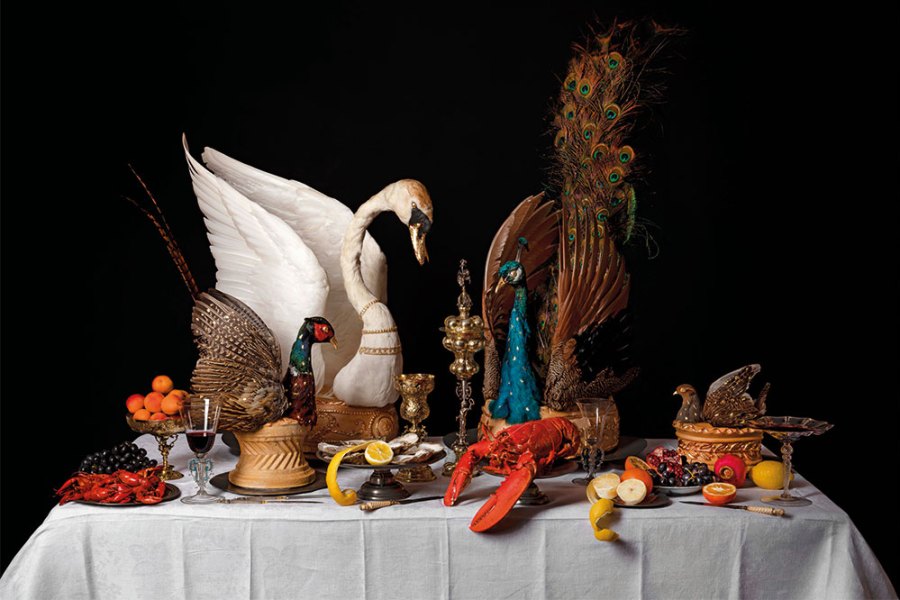
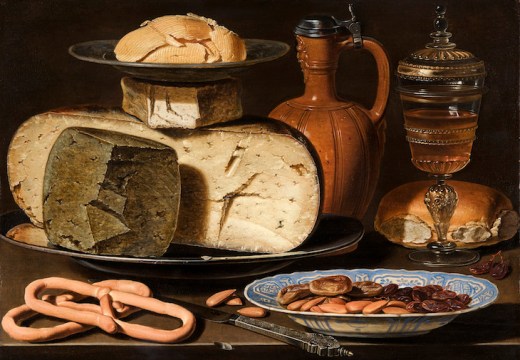
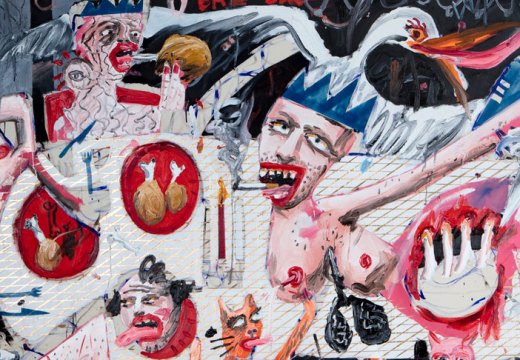
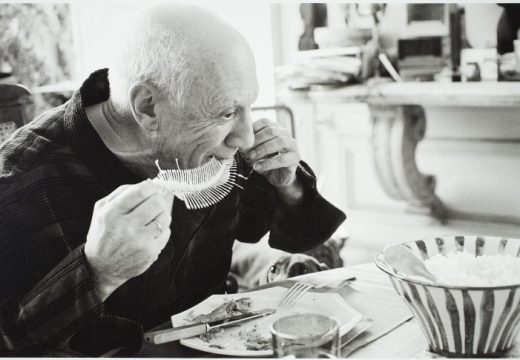









![Masterpiece [Re]discovery 2022. Photo: Ben Fisher Photography, courtesy of Masterpiece London](http://www.apollo-magazine.com/wp-content/uploads/2022/07/MPL2022_4263.jpg)
It’s time for the government of London to return to its rightful home